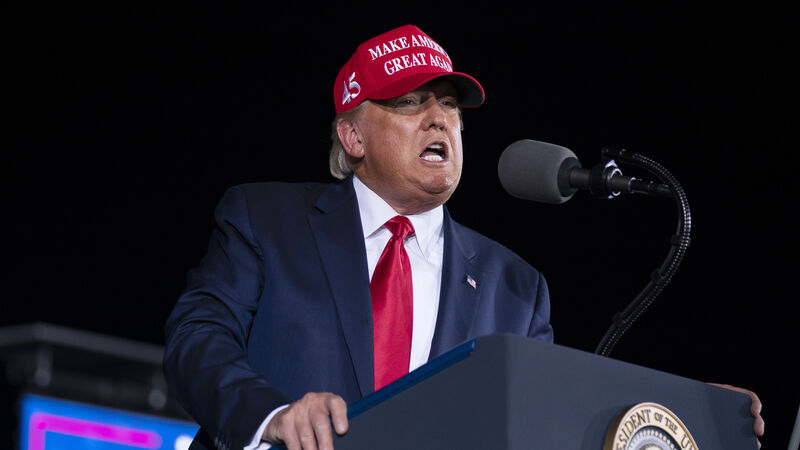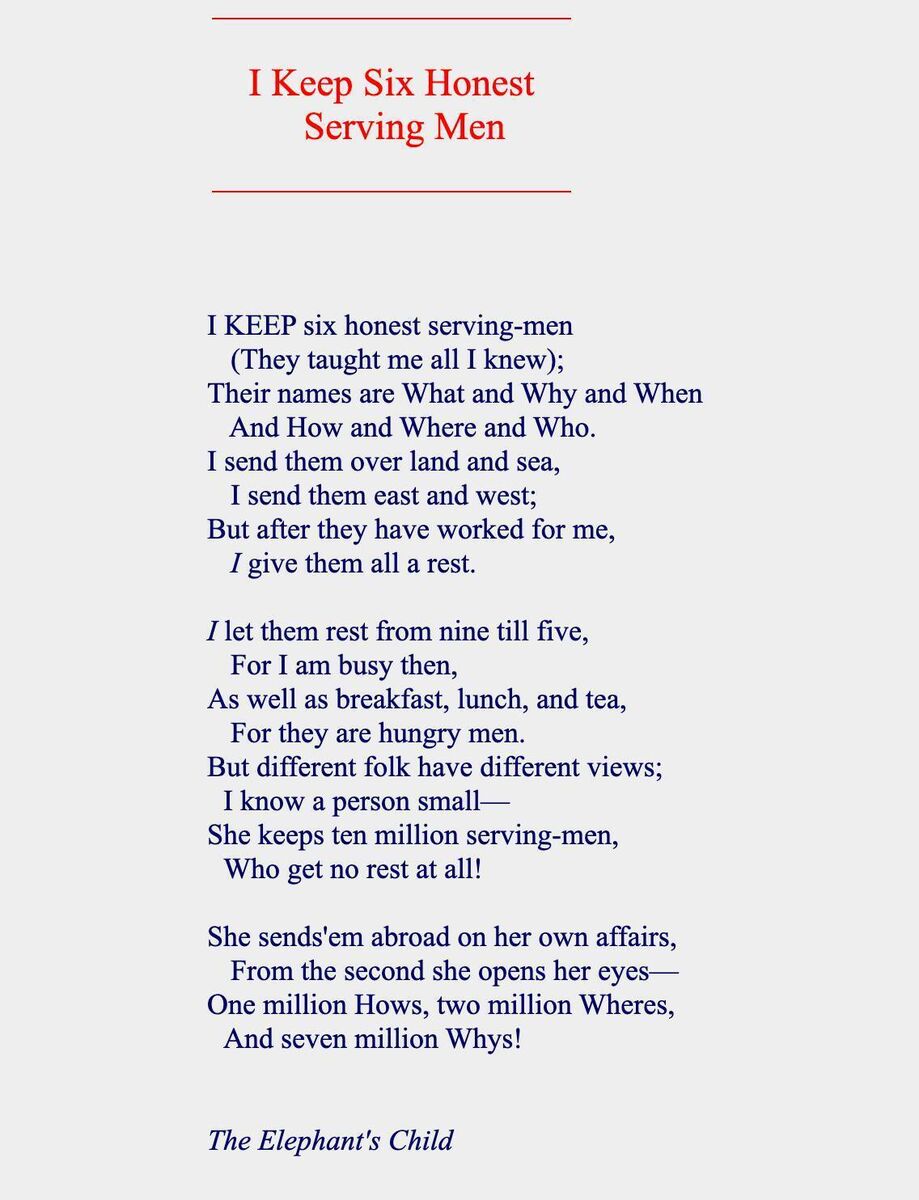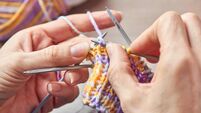How to tell the difference between fake news and the real thing

President Donald Trump speaks during a campaign rally at Miami-Opa-locka Executive Airport, Monday, Nov. 2, 2020, in Opa-locka, Fla. (AP Photo/Evan Vucci)
Donald Trump has claimed to invent the term 'Fake News'.
During a joint press conference with Finnish President Sauli Niinistö on October 2 2019, President Trump told reporters
“I don’t even use fake anymore. I call the fake news now corrupt news because fake isn’t tough enough. And I’m the one that came up with the term — I’m very proud of it, but I think I’m gonna switch it to corrupt news.”
Trump, the great weaponised and corrupter of language did not coin the phrase “false news” so let’s name the claim what it is, a big, fat Trumpian lie.
The opposite to truth is a lie. I try not to use the “f” word which, accompanied by the “n” word has now become common parlance in what passes for political discourse about media coverage.
News, by definition, is something that has happened. The term “fake news” has become a stick with which to batter an opponent, a convenient way of escaping facts or avoiding intelligent debate based on informed opinions.
We have every reason to be concerned at the level of propaganda and misinformation permeating social media platforms but it would be foolish to imagine that the distortion of truth, or downright lies, are a new phenomenon.
“A lie can travel halfway around the world while the truth is putting on its shoes” goes the aggrade fittingly, and wrongly attributed to Mark Twain. While the source of the quote is a contentious subject there’s no doubt that it has, well, a ring of truth to it.
The term “fake news” was made popular by BuzzFeed News media editor Craig Silverman. Unlike Trump, his use of the term was born not out of a desire to slap down journalists but from concern over the dramatic rise in unverified online claims during a research project at Columbia University’s Tow Center for Digital Journalism in 2014.
Silverman never claimed to have invented the phase but he deserves credit for signalling a problem with which we in Ireland have only really become familiar with the Covid-19 pandemic.
While we await a vaccine for Covid-19 how can we cure 'fake news'?
I suspect the short answer is that we can’t. There will always be those who seek to bend and twist the truth but we can equip readers and listeners with the skills to know the difference between fact and fiction, truth and lies, science and bullshit.
Any news story may contain errors or omissions.
Fake news is a systematic attempt to delivered misinform or mislead, usually for an ulterior motive.
We need to educate our citizens, especially young people, to be sceptical and to interrogate every claim.
Fake news is frequently used to draw in readers through the use of sensational headlines.
“Clickbait” headlines, LOUD CAPITALS and sensational photographers are a giveaway.
We need to encourage readers to check the provenance of news and to ask who is writing stories.
Is it an imitation or copycat post?
Who is posting the so-called 'news'? Don’t be fooled by well-designed websites or an apparent professional appearance.
There are many informed guides to fake news available and I’ve been impressed by the work of youth organisation Spun Out whose website www.spunout.ie is a valuable resource.
Rudyard Kipling's honest men are the warriors we should engage to tackle fake news. Next time you read a dodgy social media post take time to ask who is trying to manipulate your emotions and why.

- Séamus Dooley is the Irish Secretary of the National Union of Journalists






